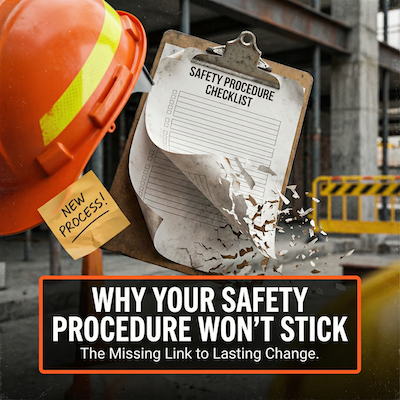The Dawn of Exoskeletons: A Glimpse into the Future of Construction
The year is 2028. San Francisco’s skyline is punctuated by gleaming towers, rising ever higher, built not just by human hands, but also by the strength of robotic exoskeletons. Humans and robots, working side by side, represent a harmonious blend of biology and technology. This could be the future of construction. This could be the dawn of the era of exoskeletons.

The Rise of Robotic Exoskeletons in Construction
Robotic exoskeletons, once a figment of science fiction, are now transforming the realities of the construction industry. With the exoskeleton industry forecasted to be worth a staggering $1.8 billion by 2025, the impact on construction is set to be profound. But how does the industry adapt to this revolution?
Exoskeletons, such as the Sarcos Guardian XO, amplify human strength and endurance, allowing workers to lift heavy loads with ease. This fusion of human and machine is uniquely suited for safer, more productive manufacturing, assembly, construction, and warehouse use cases. The potential applications in construction are vast, from reducing operator strain to closing the "lift gap" across a range of industrial processes.
The Role of Exoskeletons in Construction
Exoskeletons are set to redefine the construction site, streamlining tasks and enhancing productivity. For example, the Sarcos Guardian XO can reduce physical strain by offloading 100% of the exoskeleton's weight during use. This not only increases efficiency but also significantly reduces the risk of occupational injuries. As such, exoskeletons could become a fundamental tool for the modern construction worker.

Exoskeletons: Past, Present, and Future
The journey of exoskeleton technology is a testament to human innovation. From the first exoskeleton-like device invented by Nicholas Yagn in 1890 to the advanced designs of today, exoskeletons have come a long way. Companies like Ekso Bionics are leading the charge, creating exoskeletons for various applications, including construction.
As we delve into the history and the emerging future of exoskeletons, we see a trend: the integration of this technology along with others like VR in the construction industry seems inevitable. The benefits are too promising, the potential too great. However, this transformation requires careful consideration and planning. So, the question is not whether exoskeletons will be part of the construction industry, but rather, how ready is the industry for this technological shift?
In the next section, we will explore the challenges and opportunities that come with the integration of robotic exoskeletons in the construction industry. Specifically, we will look at the Australian context, but the discussion will hold relevance for construction industries in the US, UK, and beyond.
Challenges and Opportunities: Integrating Exoskeletons into Construction
While the advantages of robotic exoskeletons are clear, their integration into the construction industry is not without challenges. Adoption hurdles include cost, training, and the need for safety regulations to catch up with technological advancements.
Cost and Accessibility
The high initial investment for exoskeleton technology is a significant barrier for many construction companies, especially small-to-medium enterprises (SMEs). For these companies, the cost of purchasing and maintaining a fleet of exoskeletons might seem prohibitive. However, as the technology becomes more widespread and competition grows, it's likely that prices will drop, making exoskeletons more accessible to a broader range of companies.
Training and Adaptation
The introduction of exoskeletons into the construction industry will necessitate comprehensive training programs. Workers will need to become comfortable with using these devices, and supervisors will need to understand how to best incorporate them into existing workflows. Change management will be a critical part of this process, as companies navigate the transition from traditional construction methods to a future augmented by technology.

Regulations and Safety Standards
Incorporating exoskeletons into the construction industry will also require rethinking safety regulations. Current rules and guidelines may not adequately cover the use of exoskeletons on construction sites. In countries like the US, Australia, and the UK, regulatory bodies will need to develop new standards to ensure the safe and effective use of this technology.
Preparing for the Future: Are We Ready?
While these challenges may seem daunting, they represent opportunities for construction companies willing to embrace innovation. Early adopters could gain a competitive edge, improving productivity and safety while reducing worker fatigue and injury.

As we look to the future, construction companies in the US, Australia, and the UK must consider their readiness for the integration of robotic exoskeletons as well as robots and AI. Doing so will require a balance of innovation and caution, ensuring that as we step into the future, we do so in a way that is safe, effective, and beneficial for all.
The story of the construction site in San Francisco, where humans and robotic exoskeletons work side by side, is no longer a distant science fiction dream. The technology is here. The question is, are we ready to embrace it?










.svg)
